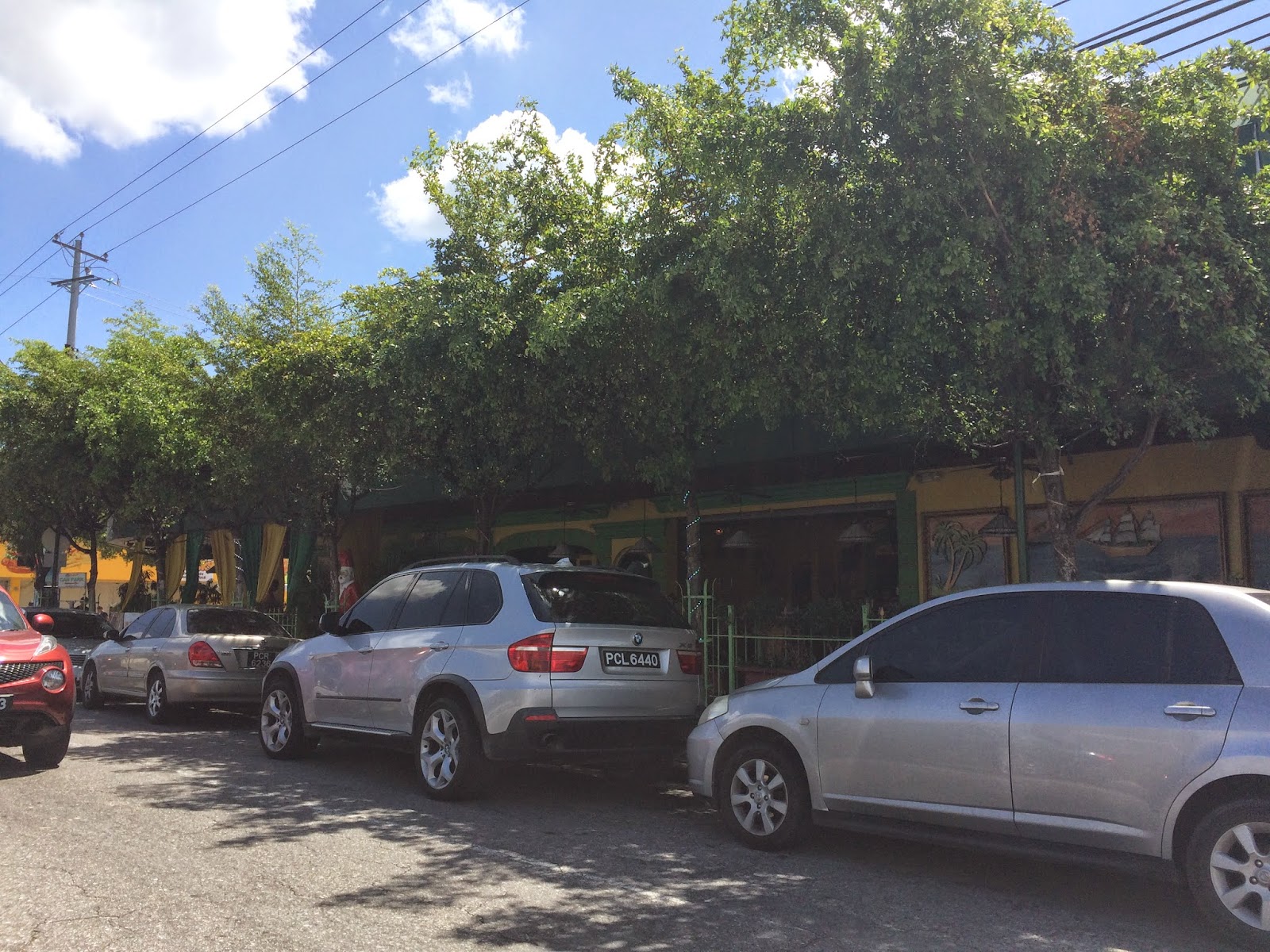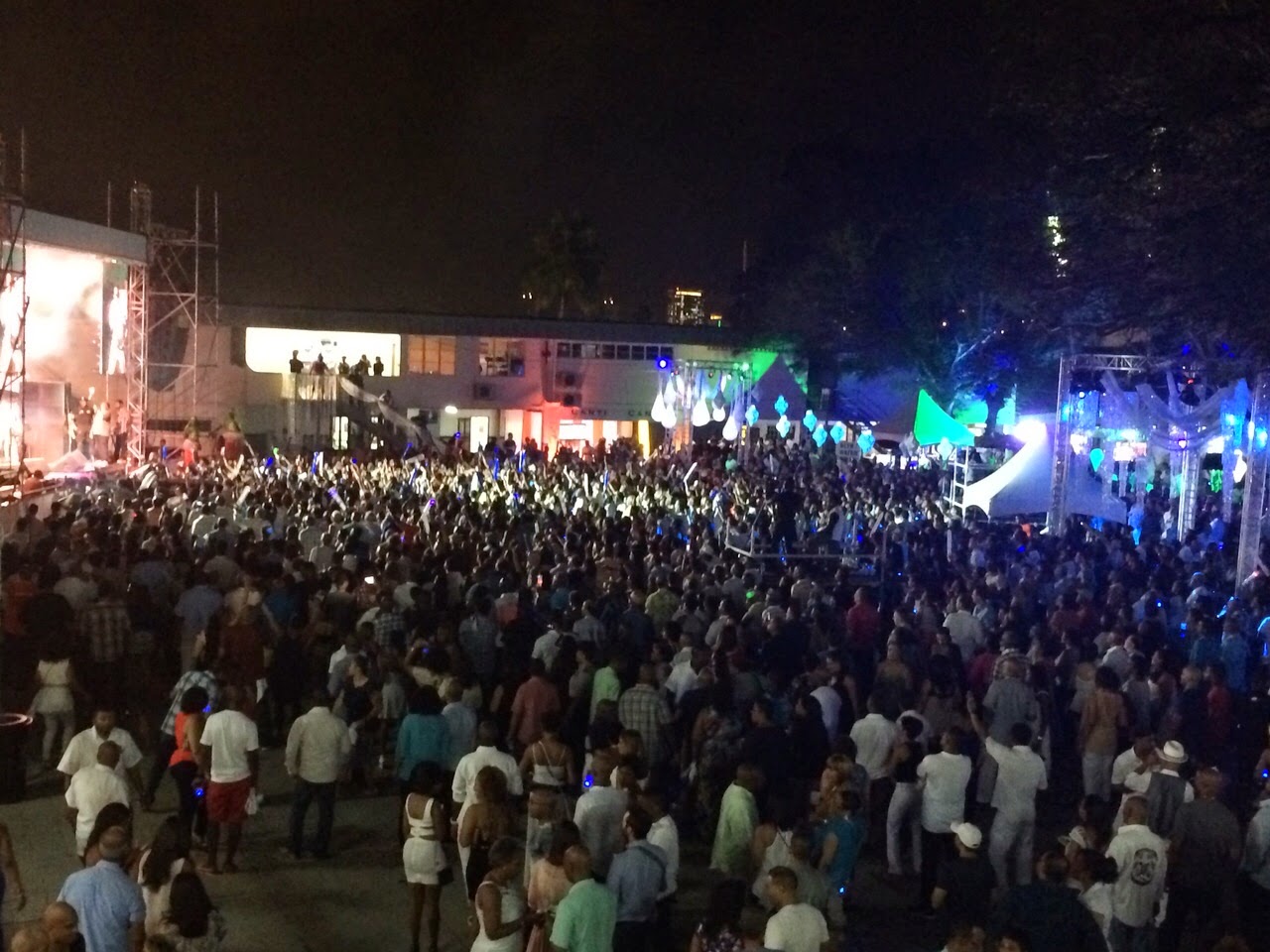“All things entertainment in TNT” is an insightful blog by course colleagues from
GEOG2016 that deals with different approaches to entertainment in Trinidad and
Tobago. One of their blog posts that stood out and that could be linked to this
blog is “Entertainment in Time and Space.” This post really shows how
activities and use of space vary in the day and night. It can be linked to the posts on this
blog that deals with the differences during night and day. However, their post
incorporates changes in entertainment during the day and night, week days and
weekend and different months. It shows how activities in the urban are
different during the day and the night and how certain areas like clubs and
cinemas are busier at night.
Another blog that could be linked to this blog about urban life is the blog on Homelessness in Chagauanas and Port of Spain. Homelessness is one of the plagues that exist in urban areas and constitute a major part of urban life. It is part of the culture and is prominent within many major cities throughout the world and Port of Spain as well. This blog gave some details and pictures of the intensity of homeless people within the town especially at Tamarind Square and Brian Lara Promenade public spaces that citizens use to express themselves and enjoy their culture. If our blog was to continue forward, it can expand to incorporate homelessness as part of its description of urban life.
In addition to these two blogs, another blog that really looks into urban life is waste in the city. This, just like homelessness, is a plague to urban areas and makes up what has become the norm for urban life. POS Waste: Viewing the city through it waste blog showcases the different types of pollution in Port of Spain and explores how it relates to different things. They investigate waste and drainage, waste from homeless people, waste management among others. Due to waste being prominent within the city, it can dissuade citizens from exploring their culture and push people away from using the public spaces. Waste no matter how big or small is part of the culture that exists in the urban.



















